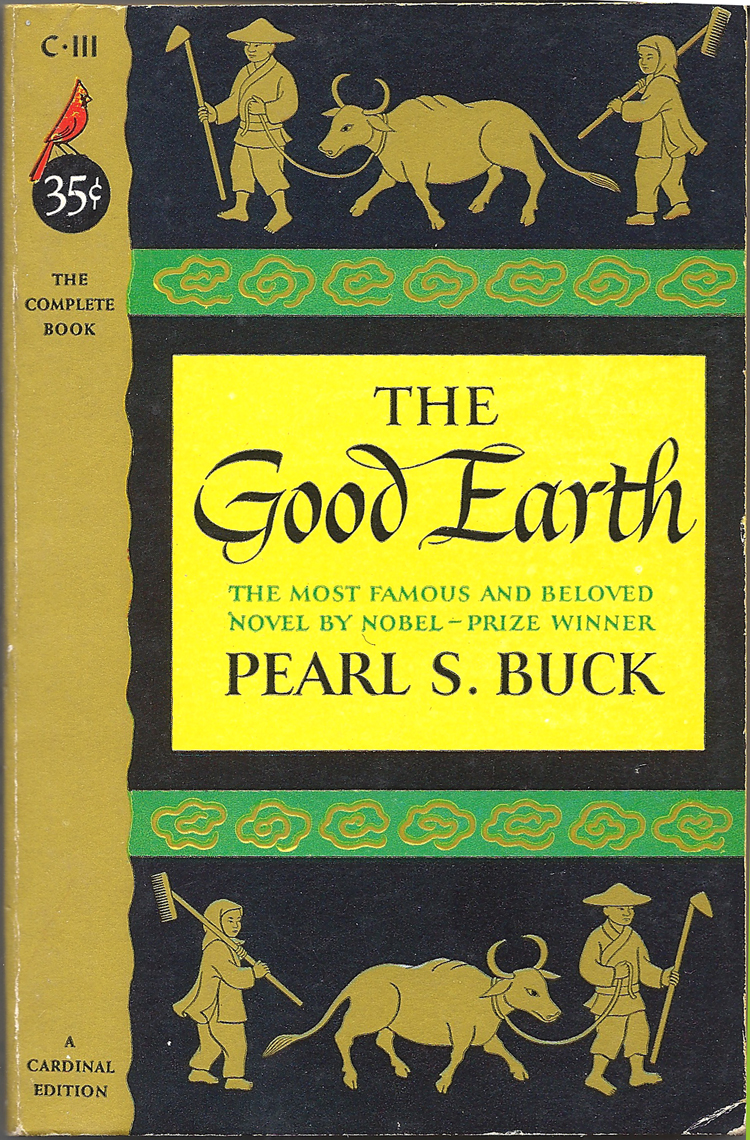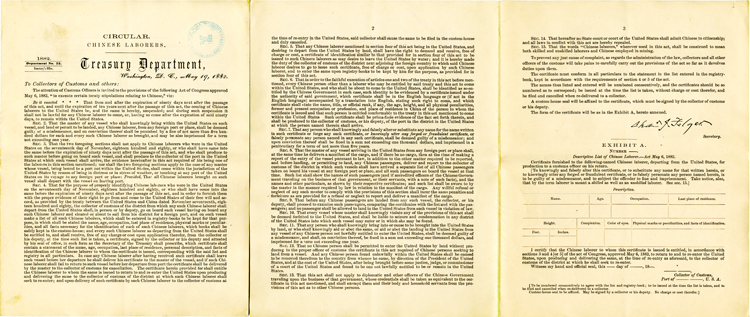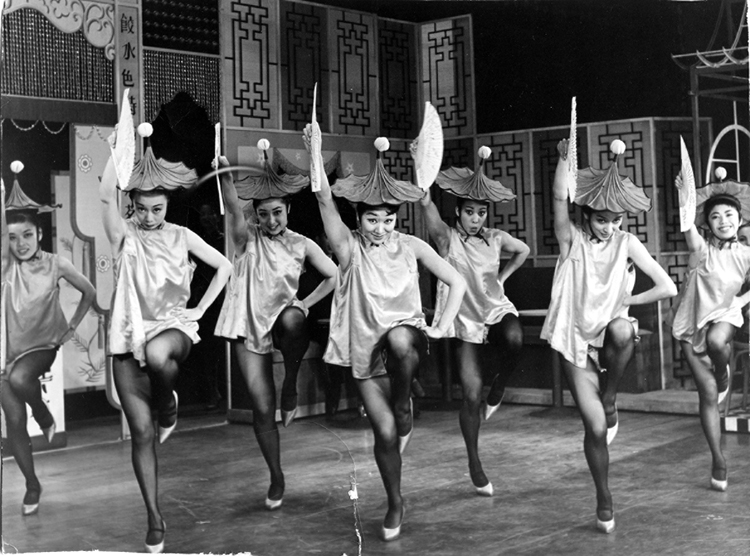The Good Earth by Pearl S. Buck was published in 1931; her second novel. The novel depicts the life of a family living in a rural Chinese village in the early 20th century. In 1938 Buck would win a Nobel Prize in Literature “for her rich and truly epic descriptions of peasant life in China and for her biographical masterpieces.”The Good Earth would be adapted for Broadway in 1932 and that version was adapted for film in 1937. Originally the Chinese American actress Anna May Wong was supposed to play the leading role O-Lan but she was replaced by Austrian American Actress Luise Rainer. Buck had hoped to cast all Chinese actors but the producers didn’t think that the prospect would appeal to American audiences. As a result all the major roles were given to western actors in yellow face while Chinese American actors were cast in some supporting roles. The movie was nominated for 5 academy awards with Luise Rainer winning for best actress.
Collections馆藏Collections馆藏Collections馆藏Collections馆藏Collections馆藏Collections馆藏Collections馆藏Collections馆藏Collections馆藏Collections馆藏Collections馆藏Collections馆藏Collections馆藏Collections馆藏Collections馆藏Collections馆藏Collections馆藏Collections馆藏Collections馆藏Collections馆藏Collections馆藏Collections馆藏Collections馆藏Collections馆藏Collections馆藏Collections馆藏Collections馆藏Collections馆藏Collections馆藏Collections馆藏Collections馆藏Collections馆藏Collections馆藏Collections馆藏Collections馆藏Collections馆藏Collections馆藏Collections馆藏Collections馆藏Collections馆藏Collections馆藏Collections馆藏Collections馆藏Collections馆藏Collections馆藏Collections馆藏Collections馆藏Collections馆藏Collections馆藏Collections馆藏Collections馆藏Collections馆藏Collections馆藏Collections馆藏Collections馆藏Collections馆藏Collections馆藏Collections馆藏Collections馆藏Collections馆藏Collections馆藏Collections馆藏Collections馆藏Collections馆藏
The Good Earth

05 April 2019 Posted.
Courtesy of Alex Jay, Museum of Chinese in America (MOCA) Collection.
Alex Jay捐赠,美国华人博物馆(MOCA)馆藏

